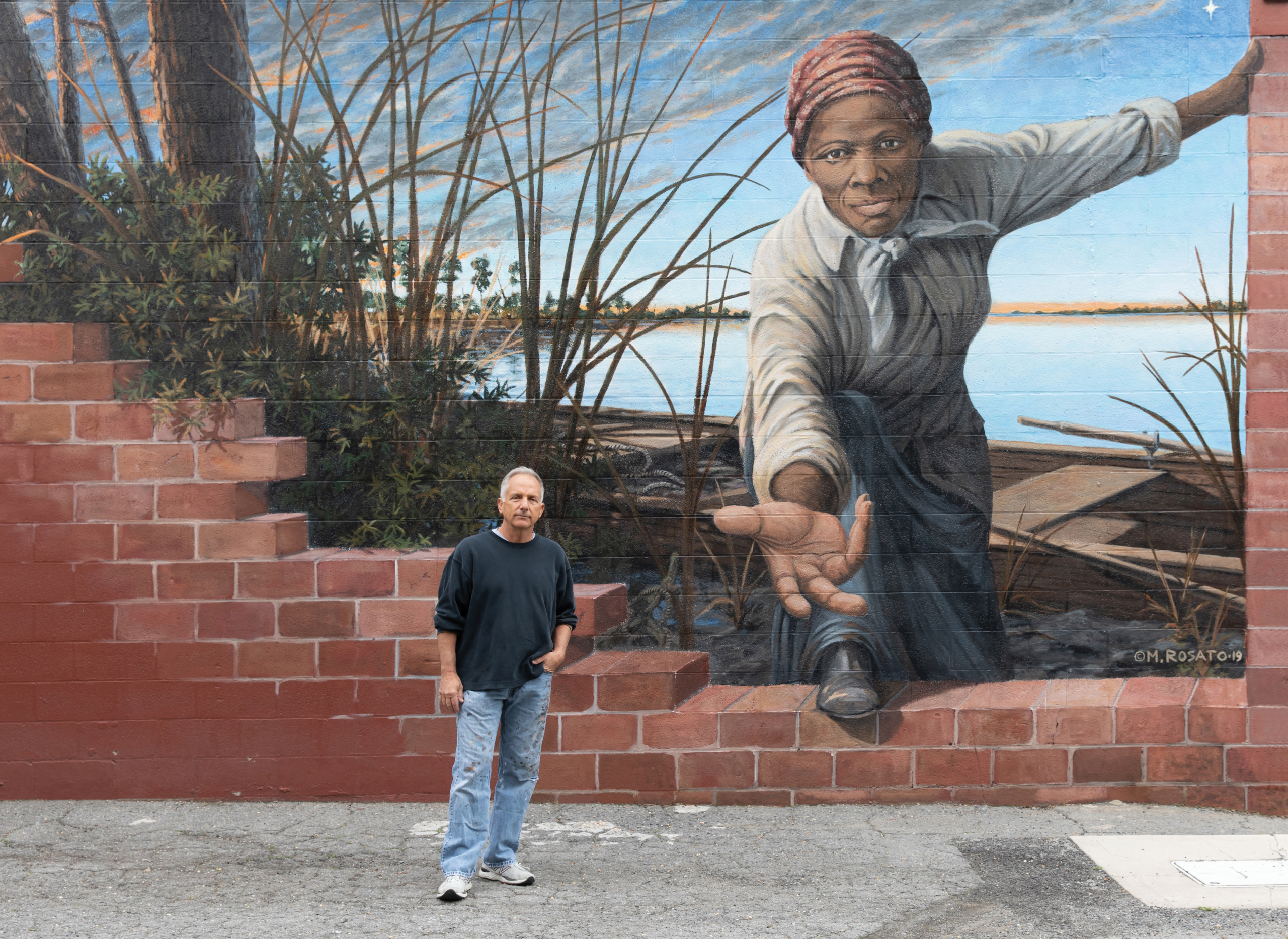
Cambridge artist Michael Rosato’s stunning murals document history, emotion and heritage
Written by Kristen Hampshire
Photography by Jill Jasuta
To Michael Rosato, murals are like a still out of a documentary, says the man who considers himself equal parts artist, historian and storyteller. He specializes in designing and painting large scale murals for museums and sports arenas, commissioned by both corporations and individuals.
Michael practices interpretational realism. “You represent the story, the figurehead within that story, and you can’t just make up that story,” he says, noting how he dives into communities and personally gets to know their people so he can begin to weave a creative tapestry that is then translated into painting. “You have to listen, communicate and develop relationships.”
He paints stories.
At the Harriet Tubman Museum and Educational Center where his studio is based in Cambridge, Michael was called to invite people to share and experience the journey of the fearless conductor of the Underground Railroad.
“I realized, I was painting the human story and separating race from that,” he relates. “We all go through pains and excitement and joy. The whole museum is about this moment where Harriet Tubman is reaching her hand out, offering that hand of freedom.”
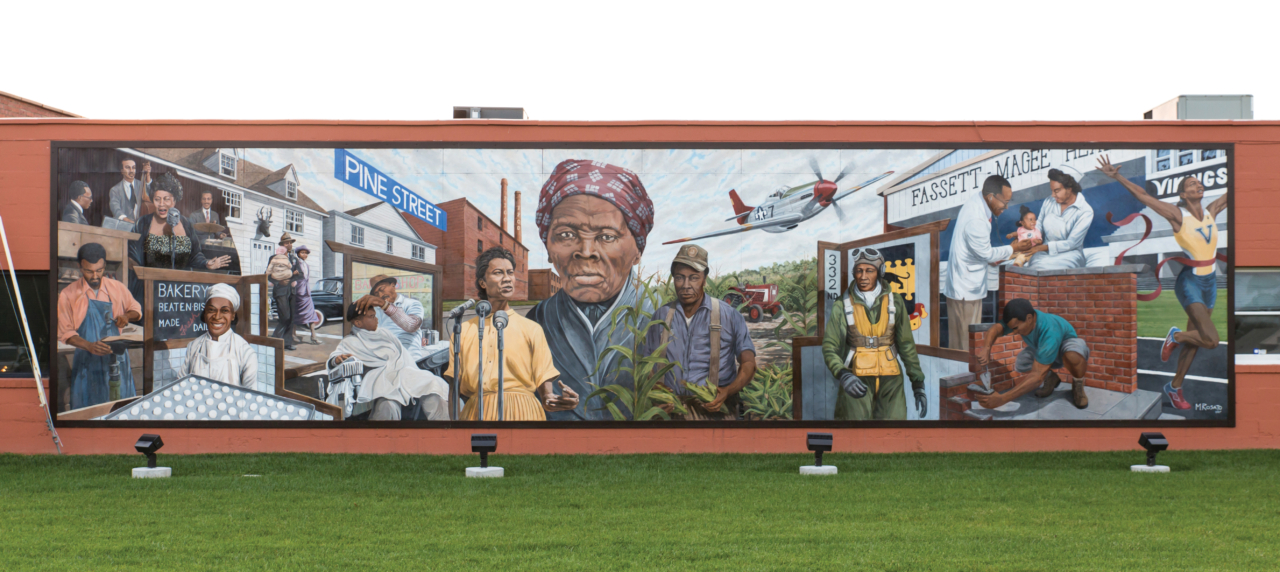
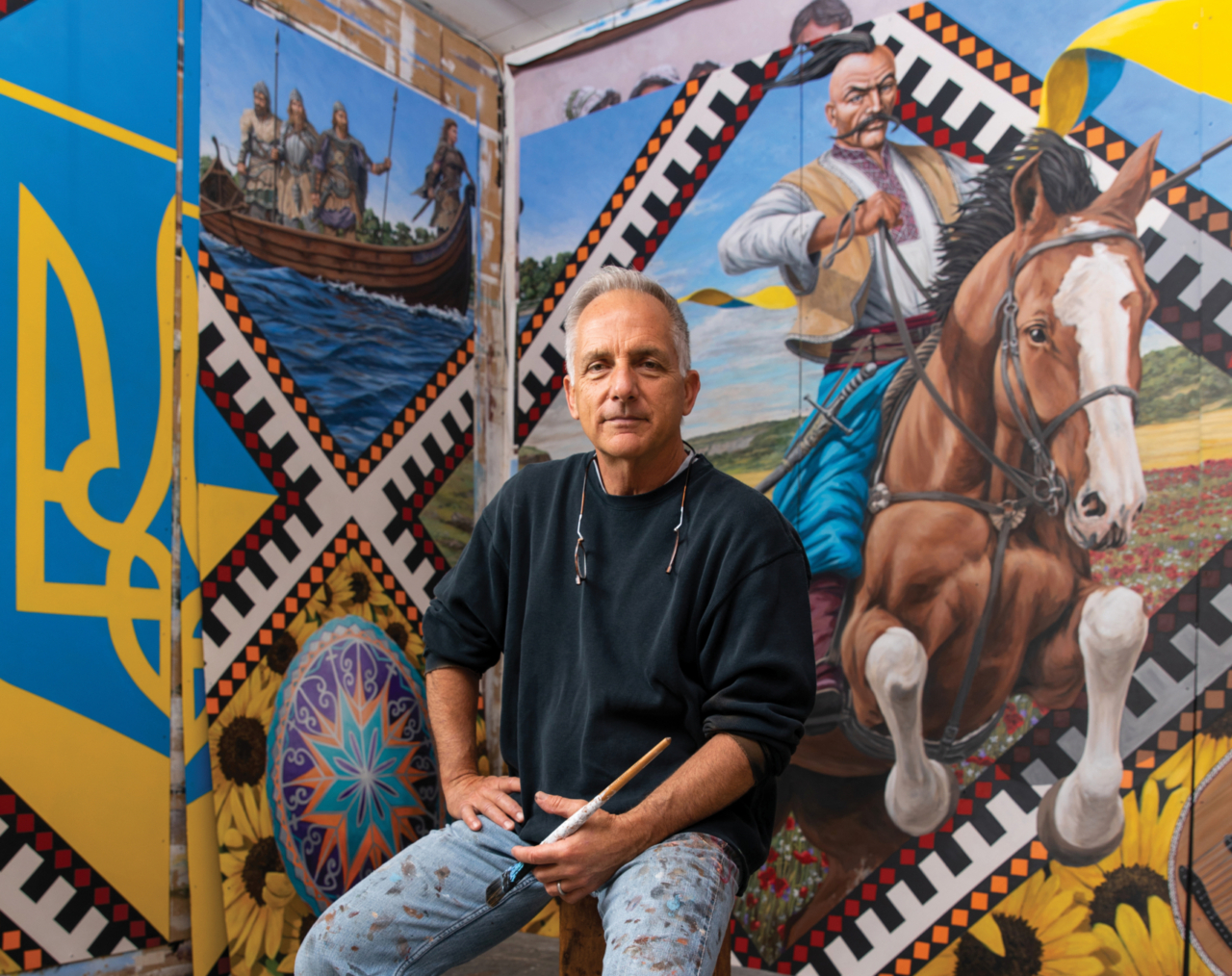
“I have always wanted to put myself in a position to learn and possibly fail dramatically. You realize you’ve put in thousands of hours and you know what you’re doing. This is how life has been as an artist. It’s not just a desire to produce art, but a desire to live an artistic life, in general.”
The mural went viral. “It resonates on that human level—the feeling is universal,” he says.
A Ukrainian couple commissioned Michael to paint a cultural-historical mural on a building in Annapolis. As part of his process, Michael dives deep. He dedicated hours to learning the family’s heritage. He listened to famed historian Timothy Snyder’s online courses at Yale while painting.
“You realize how much more life, beauty, distress and sorrow there is than what you are getting from everyday news,” he says. “Until you learn a story, you can’t totally understand what is going on.”
In the mural, every vignette represents an important story in Ukrainian history. A starving girl with an upturned wheat cart symbolizes the Stalin-forced 1930-33 wheat famine when 6 million Ukrainians starved to death. A beautiful bride in traditional, embroidered garb suggests hope. “Every flower, every leaf has signature in Ukrainian culture,” he says.
A signature in many of Michael’s works—including the Tubman piece—there’s a “grab.” Tubman’s arm reaches out to invite freedom. A horse in the Ukrainian mural bounds from the surface.
Dialing back, Michael recalls painting a mural for the first time. After leaving a career in architecture and interior design, packing up for New York City, and a stark reckoning that breaking into the art world is cutthroat at baseline, he returned to his stomping grounds in Washington D.C. and bit on a casual offer waged in a barber shop.
“A friend of mine said, ‘You paint, don’t you?’” he relates.
“At this point, I’m saying yes to anything,” he continues. “I said, ‘I do.’ He introduced me to a muralist after showing him some architectural renderings I did. He was painting a Grecian seaside scene on a wall for a Saudi princess.
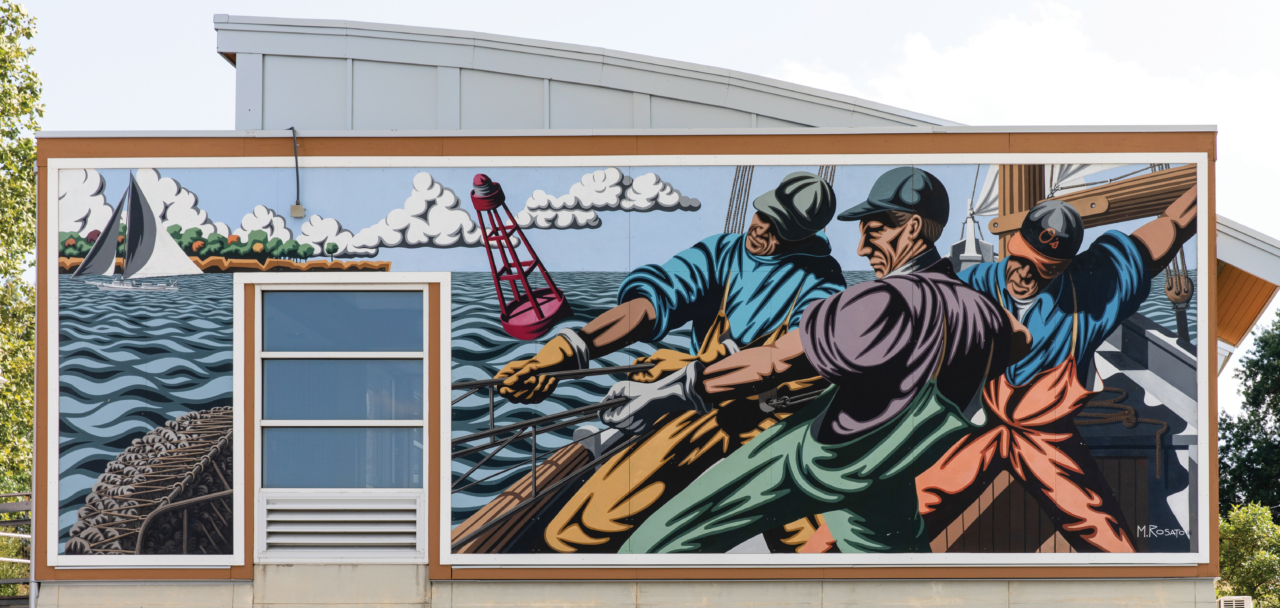
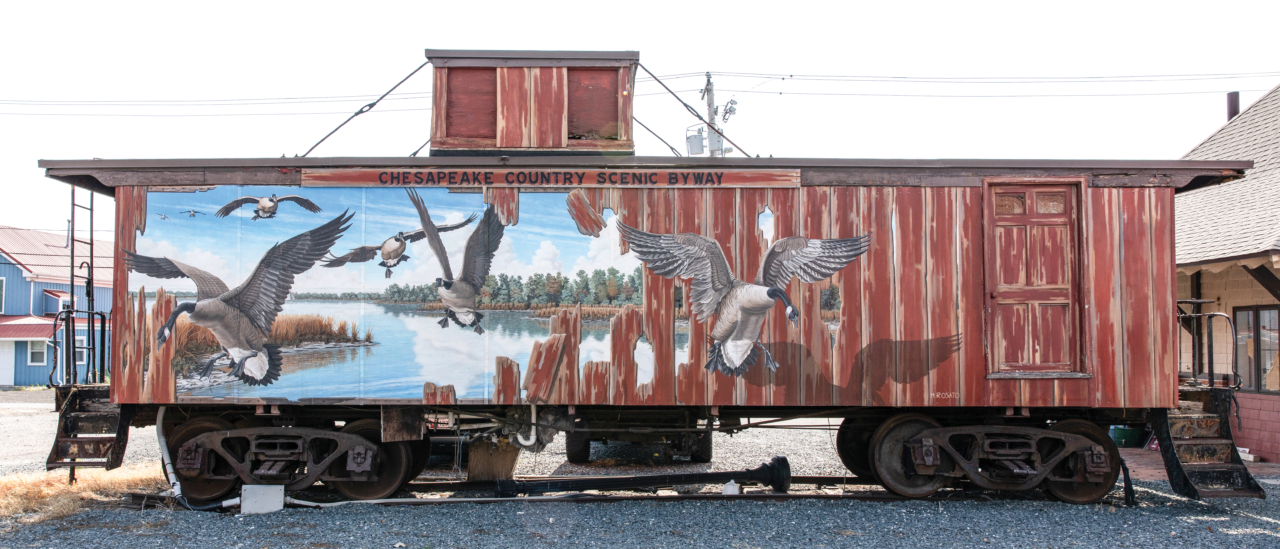
He said, ‘Go over there and paint the other one.’ I had this feeling: Do I run or admit that I have no idea what the other painting is? From that day, I have not stopped painting—and it has been 34 years now.”
These opportunities continued to serendipitously land on Michael’s palette.
“I have always wanted to put myself in a position to learn and possibly fail dramatically,” he says.
He never painted an animal in his life until a wildlife museum inquired. “I’d spend 15 hours a day working through f iguring out how to paint certain things and loving every minute of it. It is so gratifying on so many levels.”
After a decade and counting, “You realize you’ve put in thousands of hours and you know what you’re doing,” Michael says. “This is how life has been as an artist. It’s not just a desire to produce art, but a desire to live an artistic life, in general.”
Michael, who grew up in St. Petersburg, FL, and spent memorable times with his mother on Fenwick Island, calls murals a “still out of a documentary.” The story is static. His goal is to educate viewers and inspire them to learn more.
Currently, Michael is working on a mural for Chincoteague, where the wild horses run—yet another historical passion project. CS
Email: Info@CoastalStyleMag.com
Phone: 410-205-MAGS
Terms of Use
